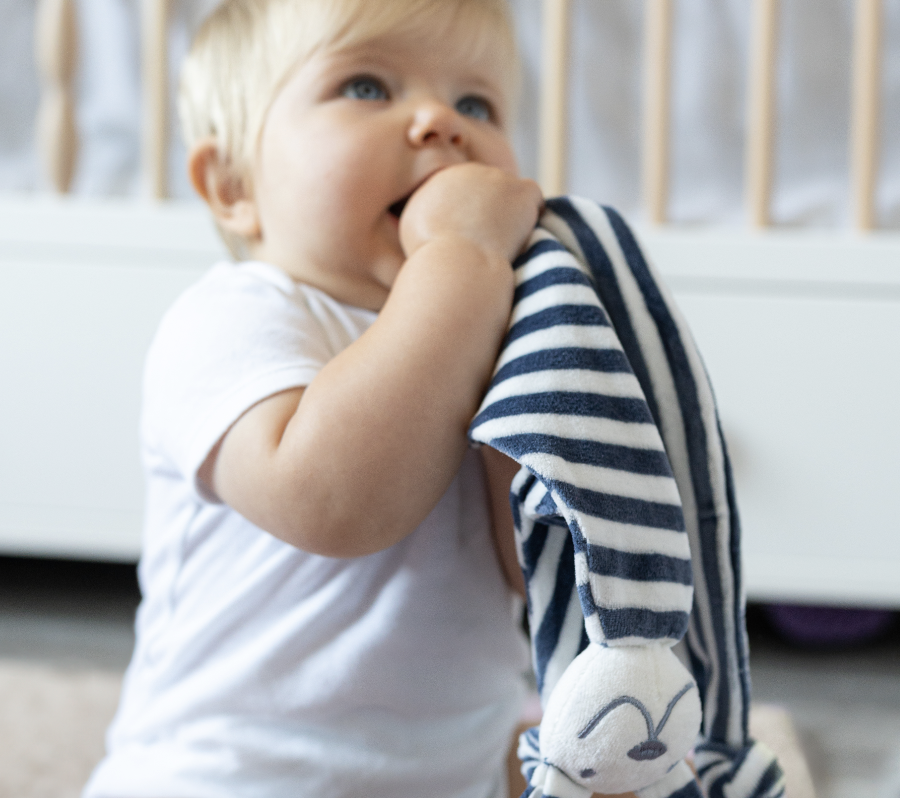Today’s society is exposing humans to more chemicals and toxins in our everyday products than ever before in history. While our bodies are designed to detox from a certain amount of toxin exposure, the level we’re bombarded with these days via environmental toxins, processed foods and pollution are unprecedented. Many of the chemicals in questions have been linked to a number of worrying health effects, so it’s a good idea to cut down on these where we can, especially when there are little people in the house.

And there’s GOOD NEWS… Significantly reducing our toxin exposure can be easier, and cheaper, than you think. So we’ve put together a list of some simple and FREE (or nearly free) lifestyle changes which almost anyone can implement. Some of the below suggestions have been shown to reduce toxin exposure by up to a half in just one week, so making these swaps can really make a difference. But remember, as with all these things it’s also important to not get overwhelmed or worry too much about what can’t be changed. Focus on what can be changed instead. Stress is one of the worst toxins! Plus, life is supposed to be fun. So make the changes you can and then relax in the knowledge that you’ve taken some really positive steps to clean up your family’s environment.
- Take shoes off inside. The soles of our shoes can carry over 400,000 units of bacteria, heavy metals, herbicides, pollution and other chemicals. Taking shoes off before you come into your house (and leaving them somewhere babies can’t get them) is a quick and easy way to cut down on the toxins coming into our homes.
2. Open windows every day (for at least four minutes – the more the better). Microplastics and chemicals given off by everyday products build up in our household air. Opening windows for a few minutes each day has been shown to significantly improve indoor air quality.
3. Hoover and dust more regularly. This is a seriously impactful one and has been shown to reduce human exposure to certain chemicals found in flame retardants by up to half in just one week! This is because a lot of chemicals in our homes build up in household dust, so getting rid of dust helps to significantly reduce the chemicals in our homes.
4. Buy second hand furniture. In the first few years of life furniture is a huge source of indoor air pollution as it off-gasses chemicals in the fabrics, foams and glues. Second hand furniture, especially anything over five years old, will have off-gassed most of these chemicals already. Just make sure you’re buying from a smoke-free, moth-free home!
5. Buy second hand and natural fabric clothing. New clothes often contain high levels of formaldehyde and other chemicals used in the processing. These chemicals decrease with age as garments are washed and used, so second hand clothing is often a lot less toxic. But make sure you’re always buying natural fabrics – synthetic clothing is not just having a huge and detrimental impact on the environment, it’s also putting a massive strain on human health. Synthetic textiles contain a number of chemicals which are released into the bloodstream (via skin absorption) when worn and get into our household air. Unfortunately, recent studies revealed that recycled synthetic fabrics have an even higher chemical content. So head down to your local charity shop and find second hand, natural fabric clothing.
6. Swap your home cleaning products for water mixed with vinegar. Add bicarbonate of soda when extra power is needed. Cleaning products are a big source of toxins around our homes – water and vinegar not only do the job but will save you money too.
7. Rinse dish soap thoroughly off dishes. Dish soap usually contains a lot of nasties (triclosan, phthalates, surfactants) and the soap residue left on dishes after washing then gets into our food. So make sure you don’t leave any bubbles on the dishes and rinse thoroughly before drying.
8. Sweat it out! Studies show that sweating is really great at detoxing our bodies, helping to eliminate nasties like BPA and phthalates as well as toxic heavy metals. In fact, one study showed that sweat contained significantly higher levels of heavy metals than other elimination routes (urine and feces), which goes to show how underrated sweating is! So get your sweat on in the gym, have a sauna or take a hot bath with epsom salts (less hot for kids, but include the epsom salts)
9. Avoid polyester soft toys. Over 95% of soft toys sold are made from fluff polyester. This fabrics is classed as a primary microplastic as it gives off so many plastic microfibres into the air and surrounding environment. The microplastics released get inside our bodies where they break down and start to release chemicals and toxins. Choosing natural fabric teddies significantly reduces the microplastic exposure of kids.
10. Don’t let small babies put non-toy items in their mouth. Or any toys labelled 3+. Non-toy household items have not been safety tested and often contain harmful chemicals or heavy metals. The same goes for toys which say 3+ on the label. Keys, for example, are often a favourite for small kids to play with, but keys contain high levels of lead. Brass keys often contain up to 2% lead – the maximum acceptable limit of lead in toys is 0.009%. PVC usually contains around 30% or more phthalates, whereas the maximum acceptable level of phthalates in toys is 0.1%. PVC is often used for makeup bags, wash-bags, anything inflatable and even toy footballs, which can contain up to 50% phthalates.
To browse our range of non-toxic and natural children’s products click below.
Sources:
